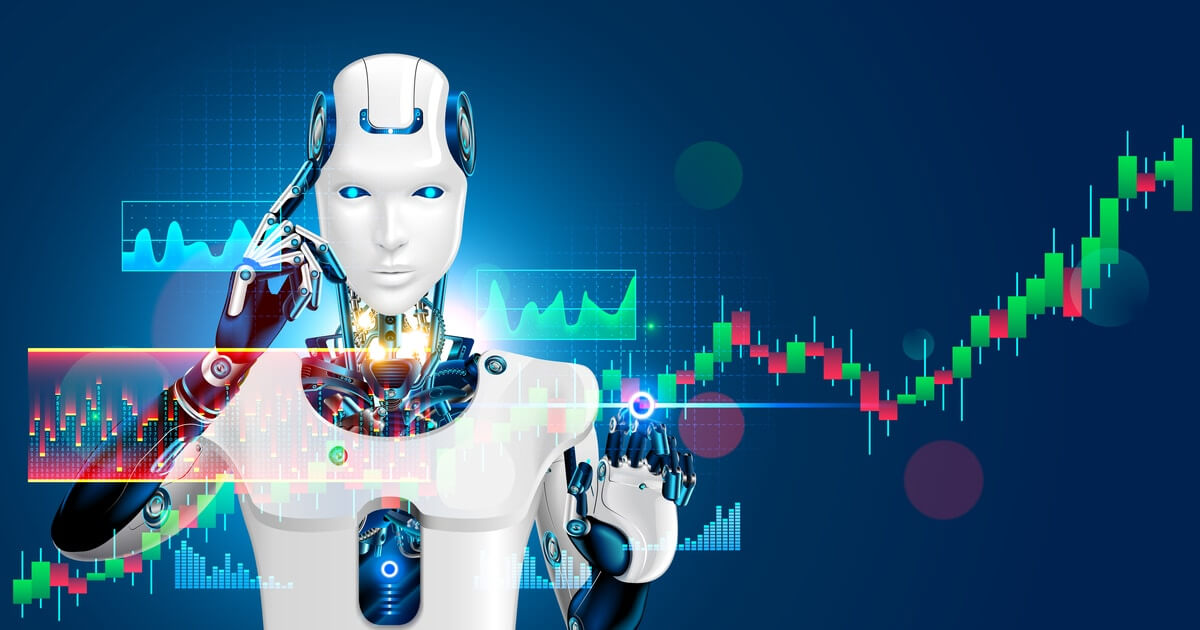AI Lessons from the 2015 SOSP History Day: Impact of 50 Years of Operating Systems and Distributed Systems on Modern AI Platforms

According to Jeff Dean on Twitter, the 2015 SOSP History Day event highlighted the extensive evolution of operating systems and distributed systems over the past 50 years, featuring talks from industry pioneers. For AI industry professionals, this event underscores the foundational role that robust operating systems and scalable distributed systems have played in enabling today's large-scale AI platforms, cloud computing, and data infrastructure. These historical insights present business opportunities for companies developing next-generation AI solutions by leveraging lessons from past architecture innovations to build more efficient, scalable, and resilient AI systems. (Source: Jeff Dean Twitter, SOSP History Day Event)
SourceAnalysis
From a business perspective, the legacy of operating systems and distributed systems opens significant market opportunities for AI monetization. Companies can leverage these foundations to create scalable AI solutions, such as edge computing platforms that distribute AI inference across devices, potentially tapping into the projected $15.7 trillion economic impact of AI by 2030, as forecasted by PwC in their 2017 analysis updated in 2023. Implementation strategies include adopting open-source distributed frameworks like Apache Hadoop, which evolved from early 2000s concepts discussed at SOSP, to reduce costs in AI training. For example, Meta's 2022 Llama model training utilized distributed systems to process data across thousands of GPUs, cutting development time by 40% according to their engineering blog from that year. However, challenges arise in regulatory compliance, with the EU's AI Act of 2024 mandating transparency in distributed AI systems to mitigate risks like data breaches. Businesses must navigate these by implementing federated learning, a technique popularized in 2016 by Google researchers including Jeff Dean, which allows model training without centralizing sensitive data. The competitive landscape features giants like NVIDIA, whose 2024 CUDA updates enhance distributed AI computing, capturing a market share of over 80% in GPU-accelerated training as per Jon Peddie Research in 2023. Monetization avenues include AI-as-a-service models, where firms like IBM offer distributed cloud platforms, generating billions in revenue; IBM's 2023 earnings report showed AI services contributing $5.9 billion. Ethical implications involve ensuring equitable access to these technologies, with best practices recommending diverse datasets to avoid biases inherited from historical systems, as highlighted in a 2021 NeurIPS paper on AI fairness.
Technically, delving into implementation considerations, distributed systems for AI require robust fault tolerance and low-latency communication, building on concepts from the 2015 SOSP event such as consensus algorithms like Paxos from the 1980s. Modern applications, like OpenAI's GPT-4 training in 2023, involved distributing computations across 25,000 A100 GPUs, achieving unprecedented scale as detailed in their technical report from March 2023. Challenges include synchronization overheads, which can increase training time by up to 30% in poorly optimized setups, according to a 2022 study by researchers at Stanford University. Solutions involve advanced orchestration tools like Kubernetes, open-sourced by Google in 2014, which automate resource allocation in AI pipelines. Future outlook predicts that by 2027, quantum-resistant distributed systems will emerge, addressing security threats as per NIST guidelines from 2024. Predictions from Gartner in 2024 suggest AI-driven distributed edge computing will grow at a 25% CAGR, impacting industries like autonomous vehicles, where real-time data processing is critical. Key players such as Intel are investing heavily, with their 2023 Habana Gaudi processors optimized for distributed AI, aiming to challenge NVIDIA's dominance. Regulatory considerations emphasize data sovereignty, with GDPR compliance since 2018 requiring localized processing in distributed setups. Ethically, best practices include auditing historical biases in OS kernels that could propagate to AI, fostering inclusive innovation. Overall, this historical perspective from SOSP illuminates pathways for businesses to harness AI's potential while overcoming systemic challenges.
FAQ: What is the significance of the 2015 SOSP History Day for modern AI? The 2015 SOSP History Day, as noted by Jeff Dean, celebrated 50 years of OS and distributed systems, which form the backbone of AI scalability today, enabling breakthroughs like large-scale model training. How can businesses apply distributed systems in AI? Businesses can use frameworks like TensorFlow for distributed training, reducing costs and time, while complying with regulations like the EU AI Act.
Jeff Dean
@JeffDeanChief Scientist, Google DeepMind & Google Research. Gemini Lead. Opinions stated here are my own, not those of Google. TensorFlow, MapReduce, Bigtable, ...
.jpg)
